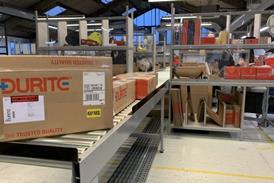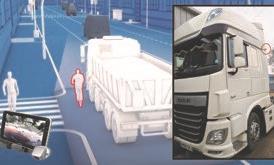The Department for International Trade’s publication of a revised list of temporary tariffs on truck imports if the UK leaves the EU without an agreement once again raises the question of the impact of commercial vehicle pricing on haulage operating costs and profitability.
A 10% tariff on imported trucks is better than a 22% tariff and highlights the UK’s dependence on imported EU product and the sad demise of UK truck manufacturers.
However, a 10% vehicle price rise needs to be put into perspective.
General truck pricing in the UK has been subject to a 20% increase over the last two to three years as a result of the pound to euro exchange rate with no significant reduction in vehicle sales.
The market leader Scania commands a price premium of at least 10% above the average UK truck price and has not suffered any serious loss of volume sales. Quality of vehicle and associated services and residual values are more important factors than the initial price of the vehicle.
So a price increase of 10% would not have the negative effect that some commentators are claiming.
In addition a 10% capital cost increase will have at best a 1% increase in operating cost and if the latest Euro-6 product improves fuel consumption by 5% this will more than cover any increase in vehicle price and at the same time continue with the significant reduction in CO2 emissions.
The price of trucks has always been given too much attention in the buying process. Now is the time for all buyers and sellers to assess more clinically the total cost of operation and understand that focusing on the 90% of operating costs that are not attributed to vehicle price will yield more benefit than complaining about a 10% increase.
Des Evans OBE



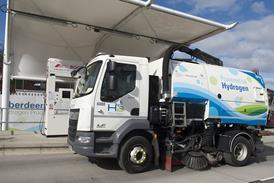



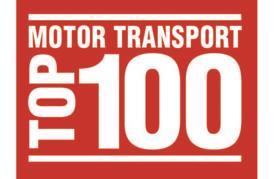
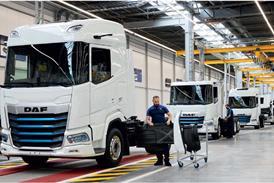
![Mercedes-Benz_eActros_600_(1)[1]](https://d2cohhpa0jt4tw.cloudfront.net/Pictures/274x183/8/2/0/17820_mercedesbenz_eactros_600_11_978080.jpg)

